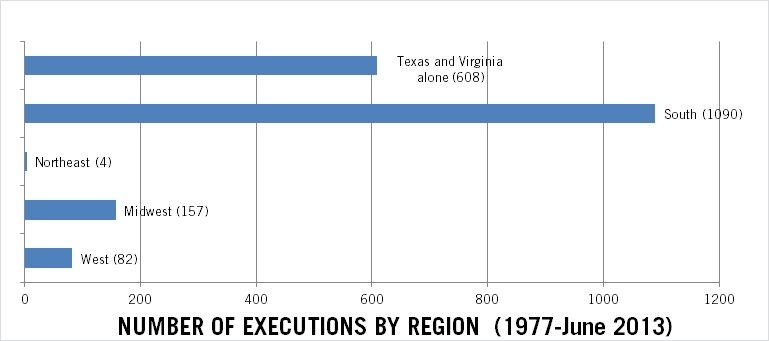Twenty years have passed since this Court declared that the death penalty must be imposed fairly, and with reasonable consistency, or not at all, and, despite the effort of the states and courts to devise legal formulas and procedural rules to meet this daunting challenge, the death penalty remains fraught with arbitrariness, discrimination, caprice, and mistake.
Factors contributing to the arbitrariness of the death penalty:
- Almost all death row inmates could not afford their own attorney at trial. Court-appointed attorneys often lack the experience necessary for capital trials and are overworked and underpaid. In the most extreme cases, some have slept through parts of trials or have arrived under the influence of drugs and/or alcohol.
- Prosecutors seek the death penalty far more frequently when the victim of a homicide is white than when the victim is African-American or of another ethnic/racial origin.
- Co-defendants charged with committing the same crime often receive different punishments, where one defendant may receive a death sentence while another receives prison time.
- Approximately two percent of those convicted of crimes that make them eligible for the death penalty actually receive a death sentence.
- Each prosecutor decides whether or not to seek the death penalty. Local politics, the location of the crime, plea bargaining, and pure chance affect the process and make it a lottery of who lives and who dies.
- GEOGRAPHIC ARBITRARINESS: Since the U.S. Supreme Court reinstated the death penalty in 1976, 82% of all executions have taken place in the South. The Northeast accounts for less than 1% of executions.

